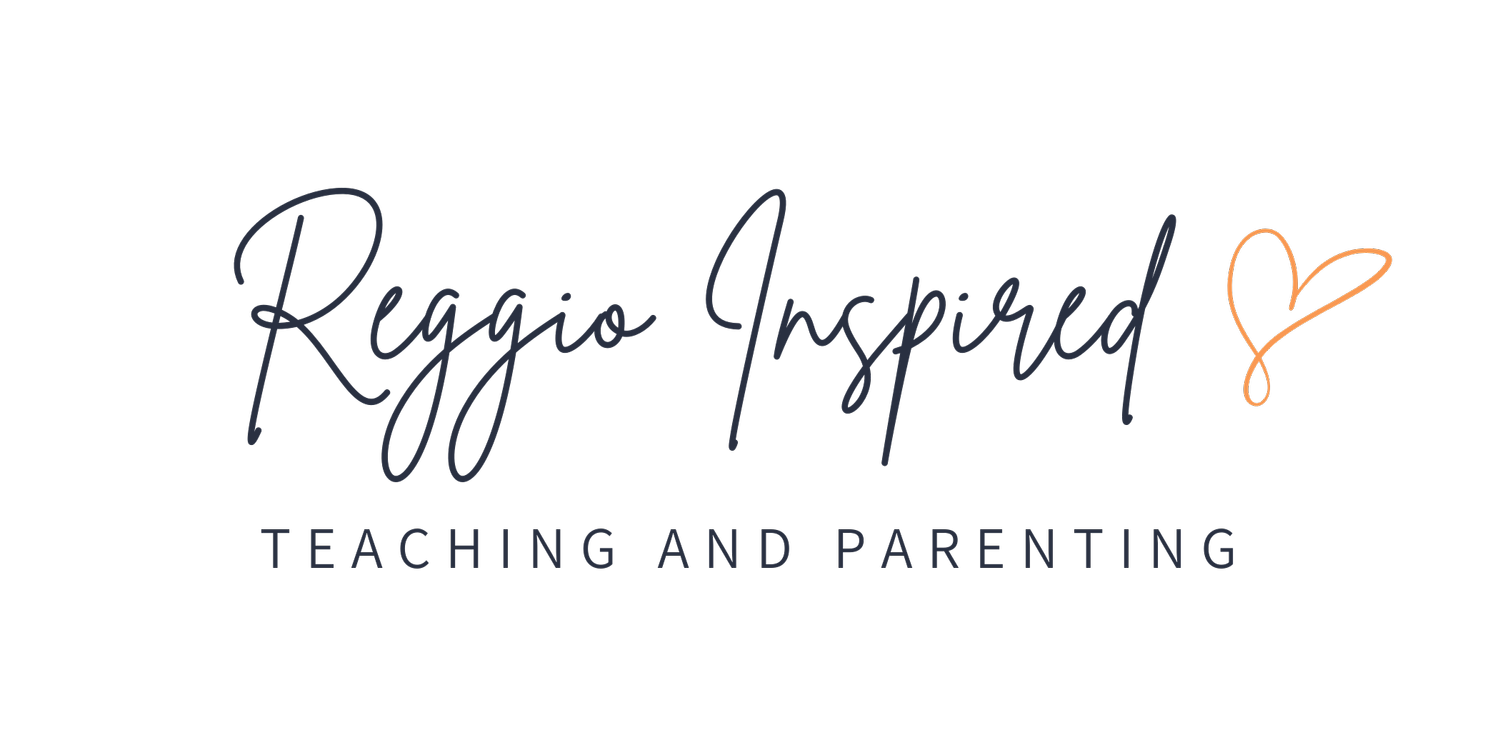How-to Plan as a Reggio-Inspired Teacher
“It’s about what the children are trying to learn, not what the teacher wants them to learn.” - Margie Carter
When I started out teaching in a Reggio-Inspired classroom, I really had no idea how to use documentation to plan around the interests of my class. I failed many times trying to create investigations that ultimately were my own agenda versus truly listening to my students. Over time, I got better at being okay with the unknown. I could be more at peace with the uncertainty of our year and letting it play out naturally. In Reggio schools, the “wait time” is important to listen, observe, and document. When you are ready to embrace the unknown, you will see extraordinary experiences happening for you, your children, and your families.
To fully embrace this idea of ‘Teacher As Researcher,’ it is essential for the teacher to stay in wonder and curiosity. The teacher is wondering about what the children are trying to learn. They have a ‘strong image of the child’, provide provocations with open-ended materials, and observe from the child’s perspective. What is the experience of the child? What interests them? The teacher is making a shift from focusing on what she/he wants to teach the child/children to ‘what do the children want to learn?’, ‘what are they learning from these materials?’, ‘what possibilities are there now?’, and ‘what are the children interested in learning more about?’
Stay in the present moment, the NOW time, and be curious and wonder!
The teacher stays curious about what comes next. Does the teacher want to add another provocation? Does the teacher want to observe more and wait to see what else the children do? The teacher and the children are co-constructing the learning taking place together. This is a big shift from a traditional teacher being the one to come up with the lesson and the learning outcomes or having a prescribed curriculum that they follow.
Cycle of Observation and Documentation:
Reggio inspired teachers observe, record, analyze, represent, and respond to the teaching and learning that is occurring in their classrooms. The curriculum is evolving, not planned more than a few days in advance. Teachers define broad goals and make hypotheses about what direction the projects might take. They are open to all possibilities and directions the children might take. Here's the Cycle of Inquiry by Margie Carter:
Reggio inspired teachers observe, record, analyze, represent, and respond to the teaching and learning that is occurring in their classrooms. The curriculum is evolving, not planned in advance. Teachers define broad goals and make hypotheses about what direction the activities and projects might take.
In our book, Reggio-Inspired Teacher Playbook, we outline in more detail the pedagogical tools and ideas for you to be successful planning around the interests of your class. Here’s a couple examples of PDFs from the book:
About the Authors:
Megan Haynes and Priscilla Patti are two highly experienced and qualified early childhood educators who are passionate about teaching in a Reggio inspired way. The authors share firsthand accounts of their experiences utilizing the Reggio Emilia Approach in Fort Collins, Colorado. They are thrilled to share this playbook with educators from around the world. Priscilla Patti is also available for Reggio teacher trainings both online and in-person: Reggio-Inspired Teaching & Parenting.




